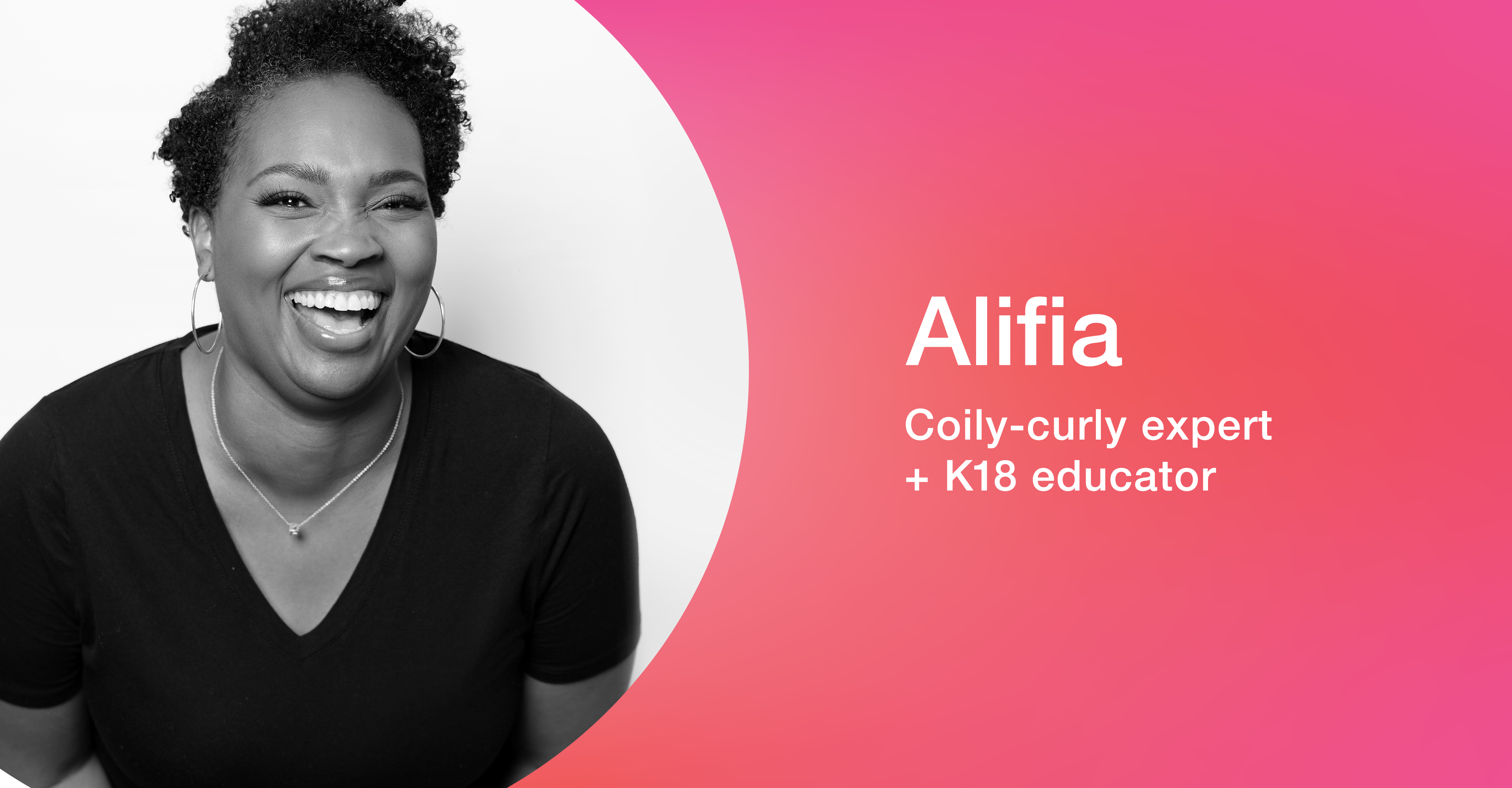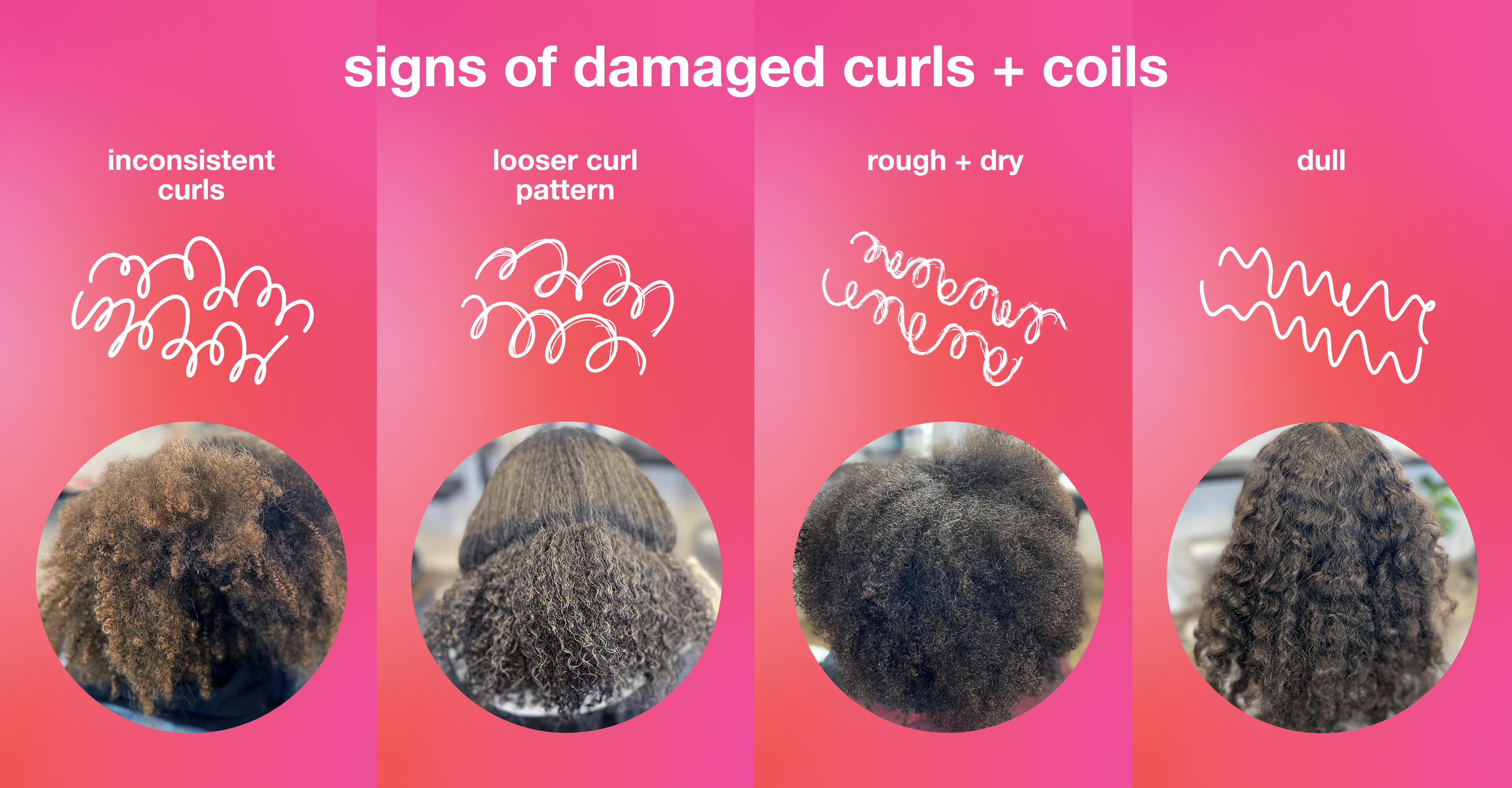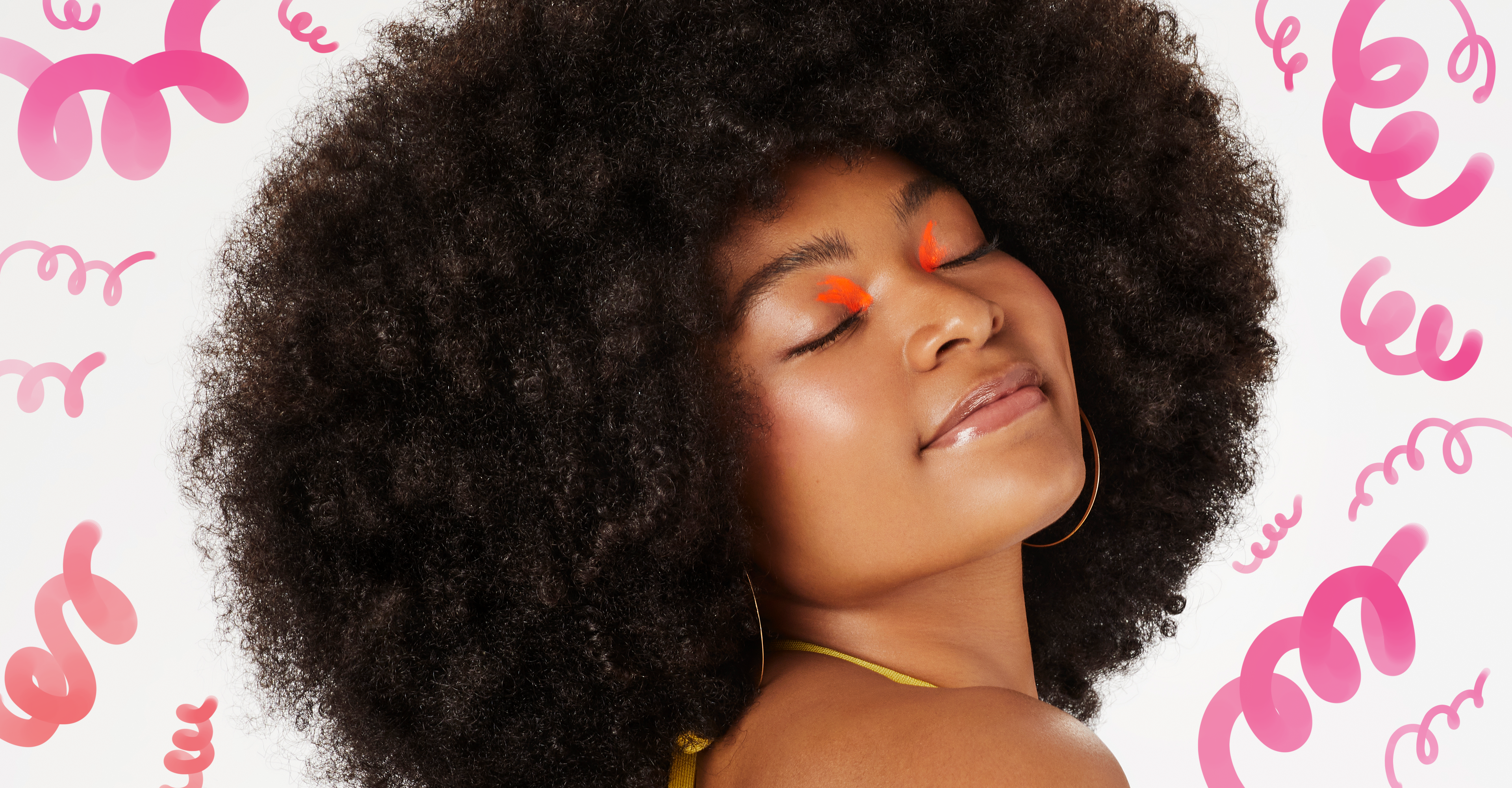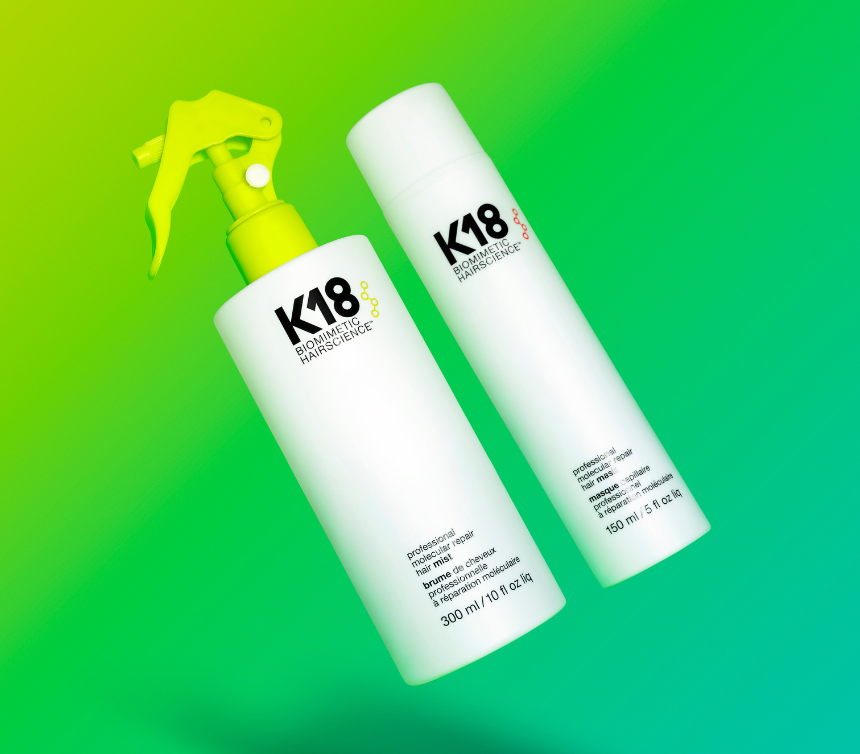Nuestra guía para el cuidado de rizos y rizos dañados con la experta PRO, Alifia

Curls and coils express themselves in so many forms. But how do you know when your clients' hair is compromised—and when it’s time to fix it? It’s all about the look, feel, and knowing where damage is coming from in their routine.
what do damaged curls look + feel like?
Some signs of damaged curls are inconsistent curl formation and changes in texture. Compromised curls and coils can even look looser than usual, like a rope starting to unravel as it gets weaker. Your clients’ strands can also feel rougher, duller, or drier than usual. While many in the curly–coily community have various curl patterns + textures on their heads, the ends of the hair fibers always tell the story. Since they have been on your head for longer, they have more time to be compromised.

how to fix damaged curls
Hair damage is everywhere, from their routine, to salon services, to just living with hair. While we can’t avoid hair damage altogether (I wish), it helps to understand where damage is coming from in order to fix it.
Do your clients have mechanical damage? This can come from brushing and tight hairstyles. Recommend your clients gently detangle in the shower on wet hair, and use a lightweight oil with slip to prevent mechanical damage while brushing. Friction is also a culprit and can come from sleeping on a rough pillowcase, or even long drives rubbing their head against that car headrest. Use a satin-lined cap to protect their crown from friction. Trichologist Angela Onuoha uses a silk bonnet on her car headrest to protect her from wear and tear while driving!
What about environmental damage from pollution, dirt, smoke, and UV rays? Your clients can wear physical protection like hats, and use a pH-optimized clarifying shampoo to remove environmental buildup.
Do they heat style? They can use heat protection first! Chemical services can be extremely damaging to hair’s strength and elasticity. Use repair products that work on a molecular level to reverse damage from the inside out.

setting expectations
Since damage is ongoing, your clients may be used to the way their compromised curls and coils look. Change can be scary, and some of my clients need a little help loving their healthy hair the way it is. Good thing is, strong hair is the best canvas for self-expression—so they can switch things up and always come back to a healthy hair base.
Want to learn even more? Here’s how to build my product recommendations into a routine here, less damaging protective styles here, or where hair strength comes from.
x Alifia, Curly-Coily Expert + K18 Educator
Check back for more curly-coily care.



